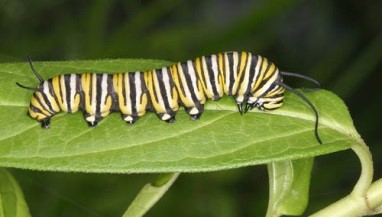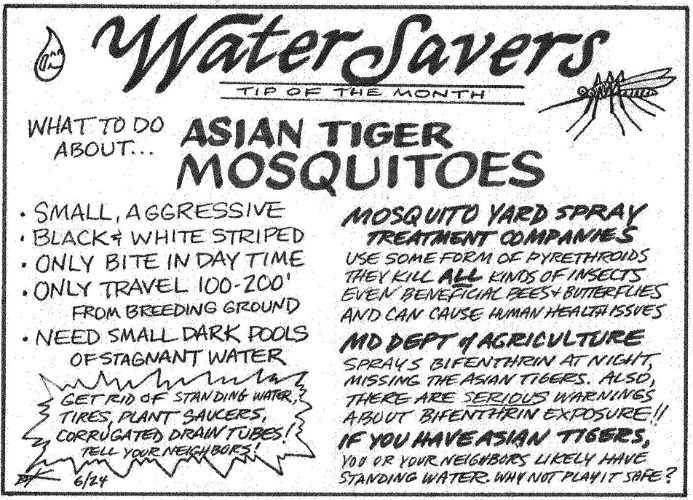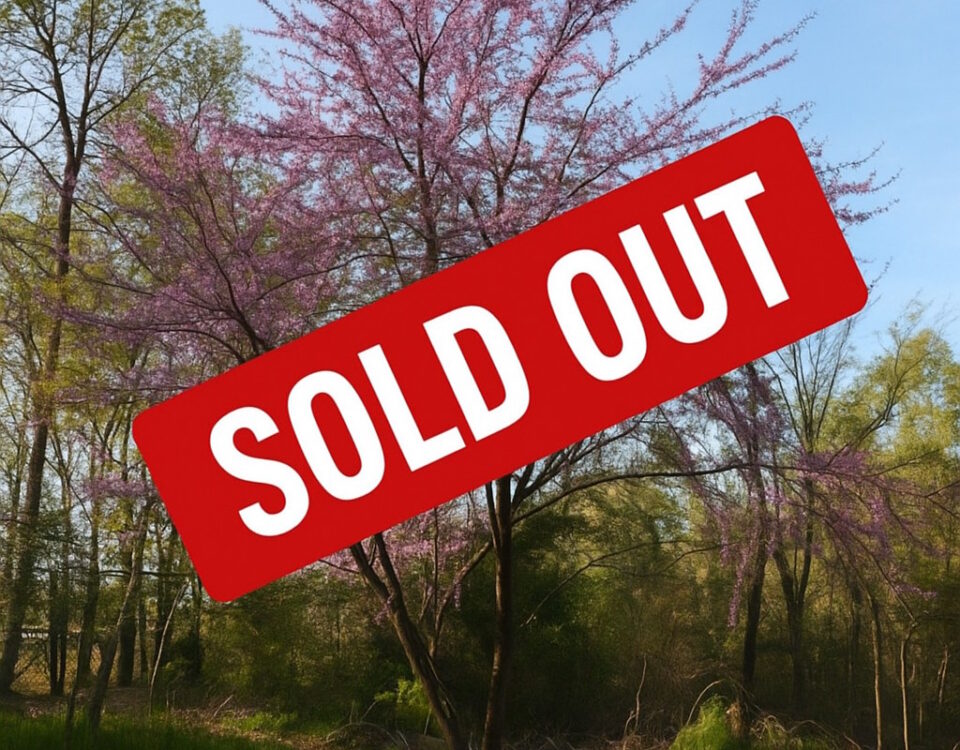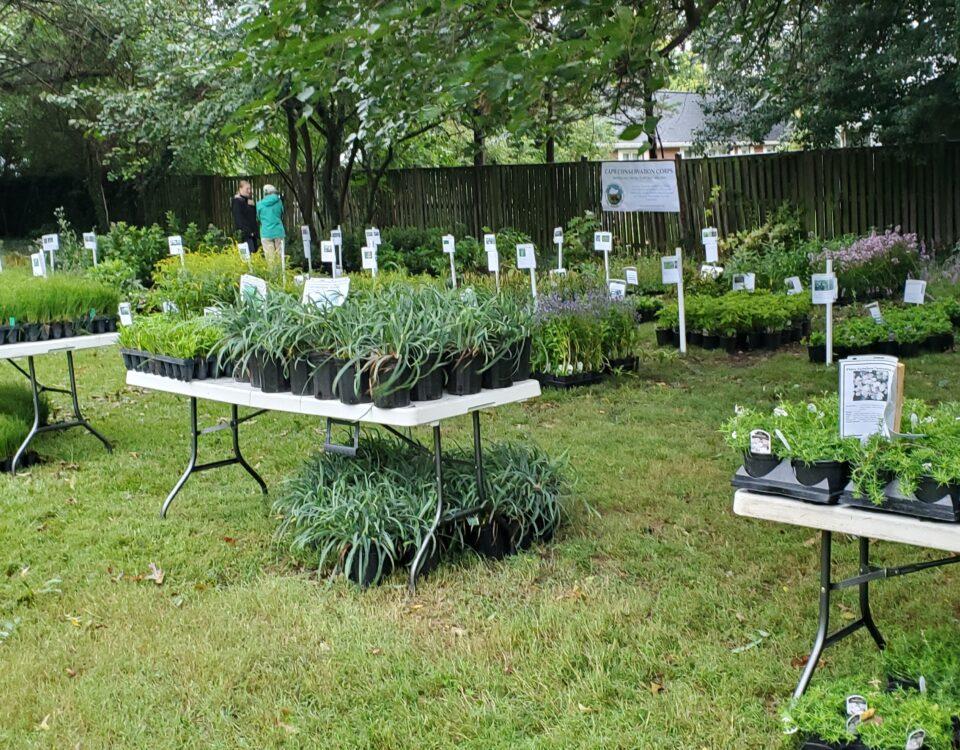These are a Few of My Favorite Books
December 7, 2016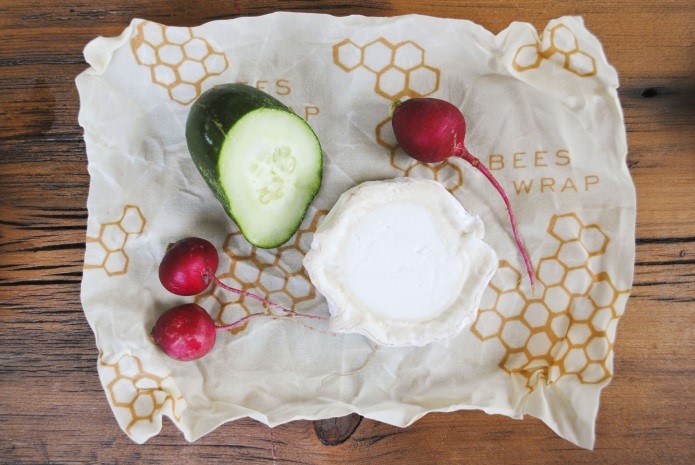
Resolutions: 2017 By Stacey Wildberger
January 11, 2017By Stacey Wildberger – January 2017
Everyone has heard about the decline of our most iconic butterfly, the Monarch due to loss of habitat, insecticide use, predation, climate change and a major decline in their host plant-milkweed due to wide spread herbicide use. Milkweed is the only plant a monarch can lay their eggs. What many people don’t realize is that most butterflies require a specific plant to lay their eggs on. These plants are known as host plants and they provide food for the caterpillar. While it is important to plant lots of nectar plants for the adult butterfly it is just as important to plant hosts plants for the babies!
Butterflies require several things to raise their young and survive as adults- host plants to lay their eggs, water source for puddling and receiving nutrients and finally nectar plants to sustain themselves in adulthood. We are going to look at the many plants you can add to your gardens to provide a nursery for our Lepidoptera.
Do you know what the Maryland State butterfly is? The Baltimore checkerspot. Unfortunately, due to a 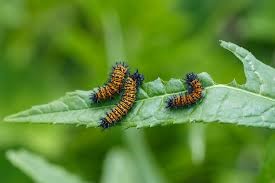 decrease in habitat and loss of their host plant, Chelone Glabra they are very rare in Maryland. Chelone Glabra turtlehead white is the host plant for Baltimore checkerspots to lay their eggs. It requires a moist, sunny spot to grow but can tolerate a little shade. If we start adding this under used herbaceous plant in our yards perhaps out state butterfly can make a comeback. According to MD Biodiversity website there are records in of Baltimore Checkerspot I almost all the counties west of the Bay. The Harford Glen Environmental Education Center in Hartford County has Chelone Glabra population in an enclosed area to prevent deer browsing to promote the breeding of our state butterfly. Cape residents could provide their own breeding ground by planting lots of Chelone Glabra!
decrease in habitat and loss of their host plant, Chelone Glabra they are very rare in Maryland. Chelone Glabra turtlehead white is the host plant for Baltimore checkerspots to lay their eggs. It requires a moist, sunny spot to grow but can tolerate a little shade. If we start adding this under used herbaceous plant in our yards perhaps out state butterfly can make a comeback. According to MD Biodiversity website there are records in of Baltimore Checkerspot I almost all the counties west of the Bay. The Harford Glen Environmental Education Center in Hartford County has Chelone Glabra population in an enclosed area to prevent deer browsing to promote the breeding of our state butterfly. Cape residents could provide their own breeding ground by planting lots of Chelone Glabra!
The Baltimore Checkerspot is part of the family of butterflies know n as the Nymphalidae. They are the largest family of butterflies with over 6,000 species. Other types of brushfoot butterflies include the Viceroy, Mourning Cloak and the fritillaries. The Viceroy is a monarch look alike that uses its disguise to fool predators. The host plant for this beautiful butterfly is Willow Trees-Salix. The Mourning Cloak also uses Willow trees. The Greater Fritillaries use the violet as their host plants so before you eradicate them from your yard this spring consider leaving a few for their caterpillars!
Another popular butterfly, the Pearl Crescent uses several of the smooth leaved asters as their host. Asters become a popular late fall nectar source for our migrating Monarchs. The Common Buckeye uses the common plantain that spring up in our highly trafficked areas of the lawn. One of fave low ground covers plants the pussytoes plays host to the beautiful American Lady. Elms and members of the nettle family play host to the Question Mark, Eastern Comma and the Red Admiral.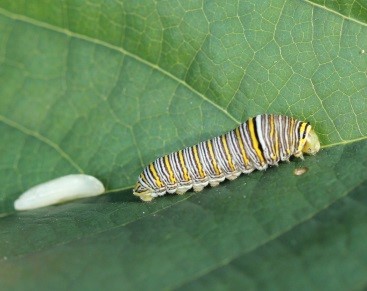
One of more common butterflies I see in my garden are in the Papilionidae family-the swallowtail butterflies. There are 33 several types of swallowtails in North America. The most common to our area are the black, eastern, zebra, pipevine and spicebush. The eastern and black swallowtails use many plants in the carrot family as their host plant, including parsley, dill, fennel and celery. The Paw-Paw is the favorite for the zebra swallowtail. Paw-Paws are a small understory shrub that bears a sweet fruit that many mammals enjoy. Not surprising that the pipevine swallowtail uses Aristolochia macrophylla Dutchman’s pipe- a woody plant with pipe shaped flowers and leaves shaped like hearts. It does give off am odor similar to rotting meat though! Avoid tropical pipevine in favor of 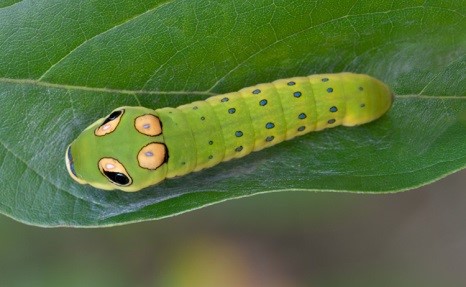 native as they will not use tropical. Finally, the spicebush swallowtail uses another small understory with beautiful yellow fall foliage Lindera benzoin spice bush as well as several trees-sassafras, tulip tree, camphor, bay and ash family.
native as they will not use tropical. Finally, the spicebush swallowtail uses another small understory with beautiful yellow fall foliage Lindera benzoin spice bush as well as several trees-sassafras, tulip tree, camphor, bay and ash family.
All types of Swallowtail Butterflies in North America overwinter in the chrysalis stage which is why it so important to leave your flowers stalks up through the winter and let leaves lie otherwise you may be composting next year’s butterflies!
The family of Lycaenidae is made up of the hairstreaks, coppers and blues. Different species of hairstreaks use hibiscus was myrtle, stag horn sumac and mistletoe as their preferred host plants. The blues will use members of the pea family, dogwoods, azaleas, h
olly trees and wild lupine to feed their babies. Buck wheats and smart weeds as their host.
The last of group of butterflies we find in Maryland are the sulphurs and skippers. The sulphurs typically use Senna marilandica and members of the pea family- Fabacae as their host plants while skippers tend to use various grasses such as Switchgrass, Little Blue Stem, and Side oats Grama.
As you can see it is important to plant a variety of hosts plants or even leave a few “weeds” around to provide food for the caterpillars that will become the beautiful butterflies everyone loves to see in their gardens. We need to tolerate some nibbling of the foliage in order to grow the caterpillars. The more variety of host plants we offer in our gardens the more diverse of our butterfly populations will be. In planning your gardens for next spring consider adding a few host plants or leaving the plantains, violets and nettles in your yard a see what happens to your butterfly population! I saw at least 3-4 more species in my garden last summer when I added several new host plants.
While I know many of you are not thinking about gardening in December please consider the words of Josephine Nuese “Anyone who thinks gardening begins in the spring and ends in the fall is missing the best part of the whole year; for gardening begins in January with a dream” Start dreaming!
A special thank you to Dr. Gary Van Velsir for inspiring this article with his beautiful presentation on butterfly host plants to the CSC Garden Club in October 2016.


